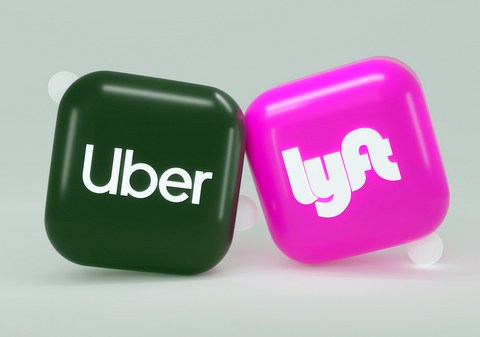How To Outfit Your Vehicle for Ridesharing
Get Ready for Comfort, Safety & Service
This article may contain affiliate links.
Many people are considering working as drivers for firms like Uber or Lyft as the demand for ridesharing services rises. As such, equipping your car to satisfy the specifications and standards of the business you will be driving for is one of the first stages in learning how to drive for a rideshare service.
But of course, it’s also important to make sure the vehicle you’re using is prepared for your driving comfort, your safety and a smooth experience for the passengers you pick up. Outfitting your vehicle for ridesharing, then, means taking some time to ensure you plan for the best outcome.
In this post, we’ll discuss some measures you can actively use for achieving such a result:

Protection Measures
Both riders using ridesharing services and the firms themselves place a high focus on safety. Make sure your car has all the required safety elements, such as working seatbelts, functional headlights and taillights and properly inflated tires, before you start providing trips.
You can also consider the internals of the vehicle to protect you. For instance, a divider between the front and back seats can help you ensure you’re protected even if you’re unlucky enough to pick up a troublesome rider. That way you can end the trip quickly, and with more confidence. Moreover, don’t forget your policy protections, like Lyft car insurance. They will help more than you could ever imagine.
Hygiene and Comfort
Make sure your car is well-maintained and pleasant for riders. Rideshare customers frequently give cleanliness and comfort top priority when hiring and rating a driver. This calls for routine interior cleaning, including washing and vacuuming, as well as making sure that all surfaces are clear of clutter and waste.
To make your car more pleasant for passengers, think about incorporating extra features like offering bottled water and snacks, having a phone charger available for use by passengers, and keeping a small supply of cleaning materials on hand for quick touch-ups. You’ll also find that an air freshener goes a long way, especially when so many people are coming in and out of your car. After all, in summer people sweat, and in winter we become wet and that causes its own smell. You’ll thank yourself for the foresight.

Vehicle Specifications
The types of automobiles that can be used on a ridesharing platform are subject to certain criteria set by each individual firm. For instance, Lyft only allows automobiles manufactured after 2005, whereas Uber only allows those no more than 10 years old. However, this can depend on the location you’re driving in, with city registrations preferring newer vehicles. Check the standards for the rideshare company you intend to drive for, and make sure your car satisfies all requirements.
It’s also good to remove any customizations you may have implemented in the car. Sure, your custom decals or special tires look cool, but if they provide anything other than a uniform or professional experience on the roads, it might affect a passenger’s comfort on the journey. It may be slightly prejudiced, sure, but you can imagine how you might feel if your rideshare vehicle pulled up with a large spoiler and open exhausts.
With this advice, you’re sure to outfit your vehicle for the best ridesharing effort.
